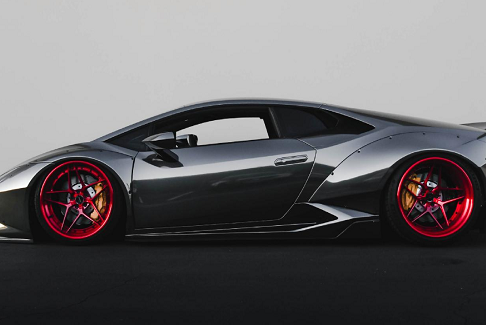Weather resistance is one of the most critical factors that determine the longevity of coatings used in harsh outdoor environments, especially when it comes to pearlescent finishes. Weather resistance pearlescent pigments have emerged as a game-changer in this field, offering coatings that not only shine with vibrant colors but also stand the test of time under the harshest weather conditions. But how do you optimize these pigments for maximum performance in your coating systems?
First and foremost, the right binder compatibility is key to ensuring that pearlescent pigments can maintain their integrity and color brilliance over time. Binders in coatings act as the glue that holds pigments together and ensures they adhere well to surfaces. For weather resistance, it’s vital to choose binders that can endure environmental stressors such as UV radiation, moisture, and temperature extremes. Polyester resins, acrylics, and silicone-modified systems are among the most commonly used because of their excellent durability and ability to protect pigments from the elements.

However, it’s not just about picking the right binder—it’s also about ensuring that the weather resistance pearlescent pigments are evenly dispersed within the system. Poor dispersion can lead to issues like surface instability and uneven pigment orientation, ultimately affecting the longevity of the finish. When the pigments aren’t well-dispersed, they’re more prone to degradation from environmental factors. Therefore, achieving a smooth and stable dispersion is essential for maintaining both the aesthetic qualities and performance of the coating. Specialized dispersion agents can be used to help distribute the pigments evenly across the coating matrix, ensuring that each particle is well-protected from the elements.
Another factor that plays a crucial role in optimizing weather resistance is the level of surface treatment applied to the pearlescent pigments. Surface modifications, such as silane or sol-gel coatings, can significantly enhance the durability of pigments by providing an extra layer of protection against UV rays, moisture, and other environmental pollutants. These treatments effectively create a barrier that reduces the chances of color fading or pigment breakdown, making the pearlescent pigments last longer even under extreme weather conditions. With the right surface treatment, pearlescent pigments can maintain their sparkle and color vibrancy for much longer.
As with any high-performance product, it’s essential to test the final coating formulation to ensure that it meets all the necessary weathering standards. For coatings containing weather-resistant pearlescent pigments, this means subjecting them to rigorous accelerated weathering tests like Xenon arc or QUV exposure. These tests simulate long-term environmental stressors such as UV radiation, heat, and humidity, providing valuable insight into how well the pigments and coatings will perform over time. By incorporating these testing methods into the development process, manufacturers can confidently deliver products that are built to last.
Ultimately, optimizing weather resistance pearlescent pigments in coating systems requires a combination of proper formulation techniques, effective dispersion, and surface treatment strategies. When these elements come together, the result is a coating that not only looks stunning but also stands up to the challenges of outdoor environments. Whether you're in automotive, architecture, or other industries where weather durability is a must, investing in high-quality pearlescent pigments with strong weather resistance can help you achieve coatings that are as resilient as they are beautiful.
By focusing on these optimization strategies, you can ensure that your weather-resistant pearlescent pigment coatings continue to shine brightly for years to come—no matter the weather.

